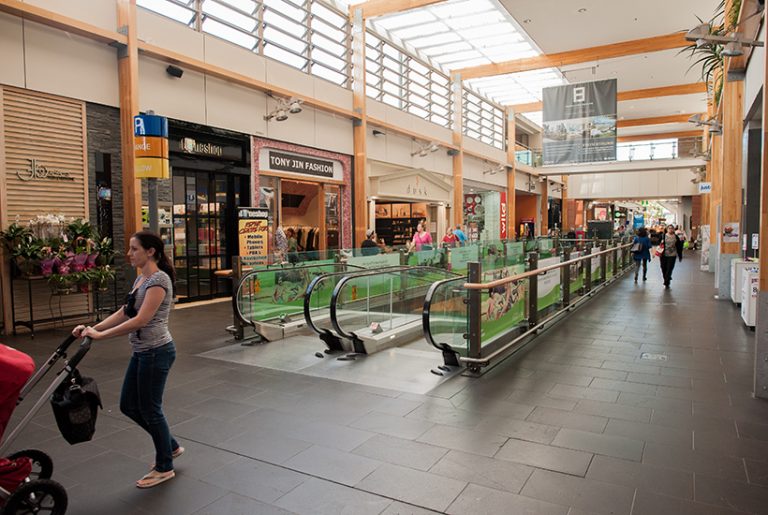Aussie retail landlords fare well globally

Retail landlords in Australia are proving more resilient than many others in the developed world thanks to a well-diversified tenant base, according to an S&P Global Ratings report.
The report examined retail real estate investment trusts (REITs) against a backdrop of e-commerce growth and shifting consumer preferences.
Despite challenging times for many retail tenants, the report found the credit quality of REITs and real estate operating companies to be largely stable.
Commercial Insights: Subscribe to receive the latest news and updates
“This resilience to the ongoing shift toward e-commerce is the result of a well-diversified tenant base; locations in desirable and affluent markets and support for tenants’ multi-channel distribution strategies,” the report says.
In Australia, where there is about 3.3sqm of retail space for every person, online sales accounted for about 8% of all retail sales. That compared with 11% e-commerce market penetration in the US, where retail space averages 7.3sqm a person, and just over 20% in China where there is less than 1sqm per person.
“Physical stores still dominate retail consumption in developed markets but now we expect more integration of online and offline retail such as online retailers operating bricks and mortar stores and traditional retailers enhancing their online presence,” the report says.
“Globally consumer preferences are evolving (and) spending is shifting to experiences rather than material items, forcing retailers to adapt”. Australia was “ahead of the game”, upgrading existing stores in shopping centres and incorporating entertainment elements such as dining and cinemas.
S&P Melbourne REITs analyst Craig Parker says the blend of supermarket tenants alongside specialty stores is also proving helpful.
“The Australian retail centres can cater for the everyday shop, but also have the foot traffic coming in that then allows the specialty retailers to survive,” Parker says. “When you’ve got people coming to the supermarket 2.4 times a week, you have a captive audience.”
The report notes Australian REITs have completed big redevelopments after little or no activity following the global financial crisis, bringing short-term debt pain for long-term gain. “As landlords upgrade their assets and improve the design of shopping centres, we believe this will boost foot traffic and sales.”
This article originally appeared on www.theaustralian.com.au/property.







